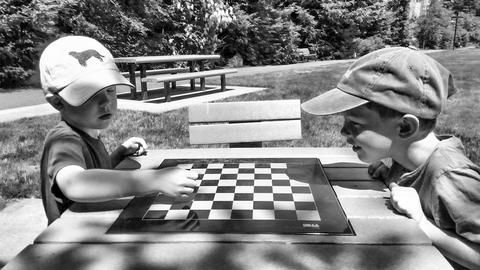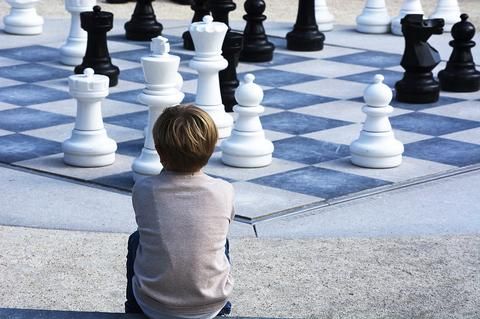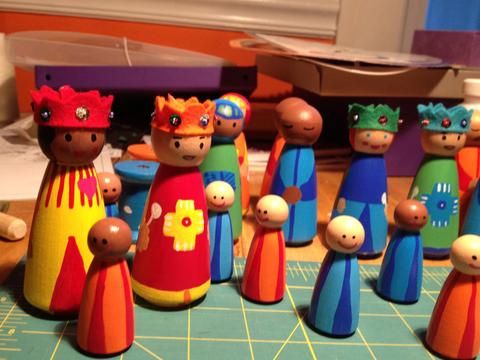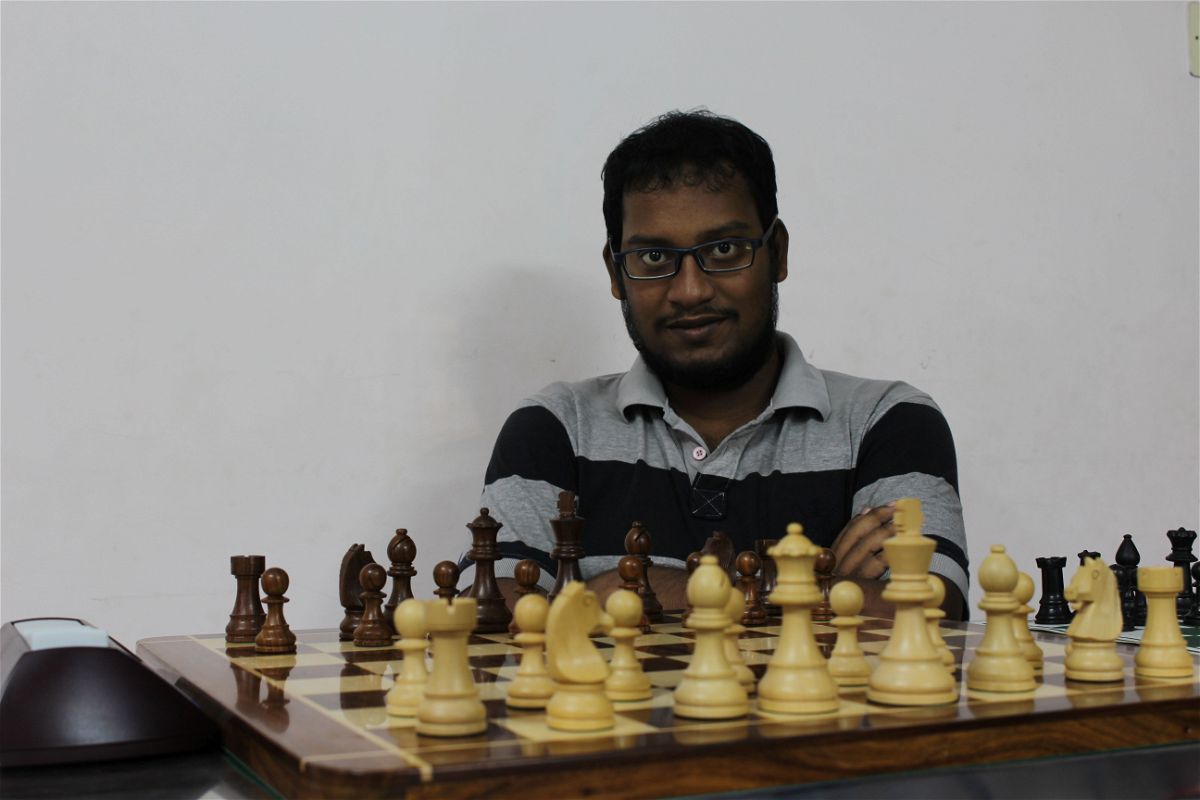Ideas to help your child discover the joy of chess!
We all know that teaching chess to little kids can be very tricky. People who tried teaching their six or seven year old's will know how the experience can either be a cherishable memory or a slow torture you somehow want to survive, especially with a group of naughty kids. The way the pendulum swings depends on how much you understand them and what your approach is towards teaching. In this article Arun J, who is a chess coach based in Pondicherry, will share with us some ideas which we can use to help our children to discover the joy of chess.
Why do we get burnt badly in a class full of little children, especially the ones hungry for chess but naughty enough to play catch with pawns and pieces? The problem begins with the values upon which your teaching approach is based. Many teachers or parents view their children as empty vessels, ignorant creatures waiting for their brain buckets to be filled in by their wisdom and knowledge. But the truth is that children are more plastic towards learning, their minds fertile to learning new and exciting things.
The desire to fill these buckets, when they don't assimilate, leads to irritation, enough to set your whiskers on fire. But if you consider them as beautiful young minds waiting to absorb the seeds and sparks of exciting new things to learn and grow as they evolve, then the class becomes fun and memorable.

Patience:
Being a chess parent (or chess teacher of little kids) is like being a gardener for a rose bed, one that shines with different colors of roses when they start blooming. The problem is that we will have to nurture it with patience, time and tolerance.
IDEA: Shorter classes, properly structured with different activities are the best. Younger kids find it difficult to keep their concentration during long classes. So make sure you shorten your class while they are still happily engaged.
Fast-Food Approach towards learning:
Don't Push. Many success-driven parents fail to see this. They push, they want their child to become the next super GM, stress them out and make them hate the game forever - not because of the game but how it was presented.

That's our country! |Photo: Chesswarehouse.com
The Fun of Learning and the Joy of discovering:
It is fun that motivates children more than anything. The fun of discovering something new and exciting. The game should not be presented like a dictionary waiting to be memorized, but as a coloring book that should be lived and experienced.
IDEA: Games and gamification. Kids love games. Quiz up the class. Give points for engagement, correct answers and negative points for negative behaviors (Point system has to be explained clearly beforehand).
IDEA: Activity-based classes. Turn passive lecture-type classes into different activities. One example is to let your students make their own chess set. The pieces can be made using recyclable household items (example: Bottle caps, pen caps, clay, nuts/bolts, but make sure they are big enough. Keep a close eye on them so they don't swallow these. Use caution with little ones.) and the chess board can be drawn on an A3 sheet and colored by them. Let your imagination run wild and you can come up with different activities (or google them).

Are you pushing your kid too much? |Photo: Chesswarehouse.com
Inculcating inquisitiveness and interest:
Pushing students with facts and difficult concepts will only make them bored. Eventually, they will lose their interest. What matters more is constantly instilling a sense of awe, feeding their curiosity about chess. Encourage the habit of asking questions.
IDEA: Chess and Math. Chess can be used as a platform through which kids can hone their logic and even Math skills. Each piece has a point attached to it. So, three pawns equal three points while a queen and two bishops equal fifteen. Using this relatedness, Chess-Math games can be invented and used as exercises during a class. But remember - younger kids might find it difficult when you need more than two hands to solve a Chess-Math puzzle.
IDEA: And finally Kids love challenges! Many logical puzzles like the famous eight-queens puzzle or exercises like Pawn Mowers can be a fun and challenging exercise for kids.

Time to awaken the story teller within! |Photo: Chesswarehouse.com
Storytelling and correlative explanation of concepts:
Combine words with images and stories. Combine music and dance with ideas. Combine abstract concept with real things that children can understand and weave the thread of story around it. This helps form a concrete basic understanding of the fundamental concepts and ideas in chess.
For example, Knight is the most difficult piece for kids to understand because of the difficult logic behind the moves. It really helps to nail down the concept when you ask how many kids have visited a Zoo before, show them pictures, or even a trip to a Zoo if that helps. You can continue to tell stories about how horses were used in early days and about knights in medieval times. This helps them relate the piece with images and stories.
IDEA: Chess History. Chess has evolved for over two thousand years to what it is today. It has a rich history dotted with numerous exciting stories waiting to be told. You can start with how the chess board and pieces were evolved. Show them pictures of old chess sets from different times.

It took over 2000 years for chess to evolve! |Photo: Chesswarehouse.com
Efficiency Vs Effectiveness of a Class:
Learning doesn't stop with fun. The purpose of a class is to help children discover how fun chess is, develop their curiosity for the game and continue to develop their understanding of game concepts. A parent or teacher has to look at the big picture. It's not enough for kids to leave a class grinning and jumping. That is only one aspect of evaluating success - efficiency. The other is effectiveness - Being able to walk in the right direction with all the classes - the proper learning journey for the kids to develop gradually in chess. For this to happen, it is very helpful to follow a curriculum. There are both free and premium curriculum's on the internet, all a Google search away. The other way to do it is to sit, think and plan your classes in advance.
This article first appeared on J. Arun's blog and has been reproduced with his permission.
ABOUT THE AUTHOR:

Arun is a chess coach and writer based in Pondicherry, India, where he runs a chess club and lives a simple disconnected life with his notebook and books. As a college dropout turned freelancer and later an entrepreneur, Arun's life is dotted with interesting experiences in his struggle to live his dreams. Currently, he works for Forwardchess.com and writes regularly for Chesswarehouse.com apart from the chess club. He can be reached via email: arunjchess@gmail.com.

